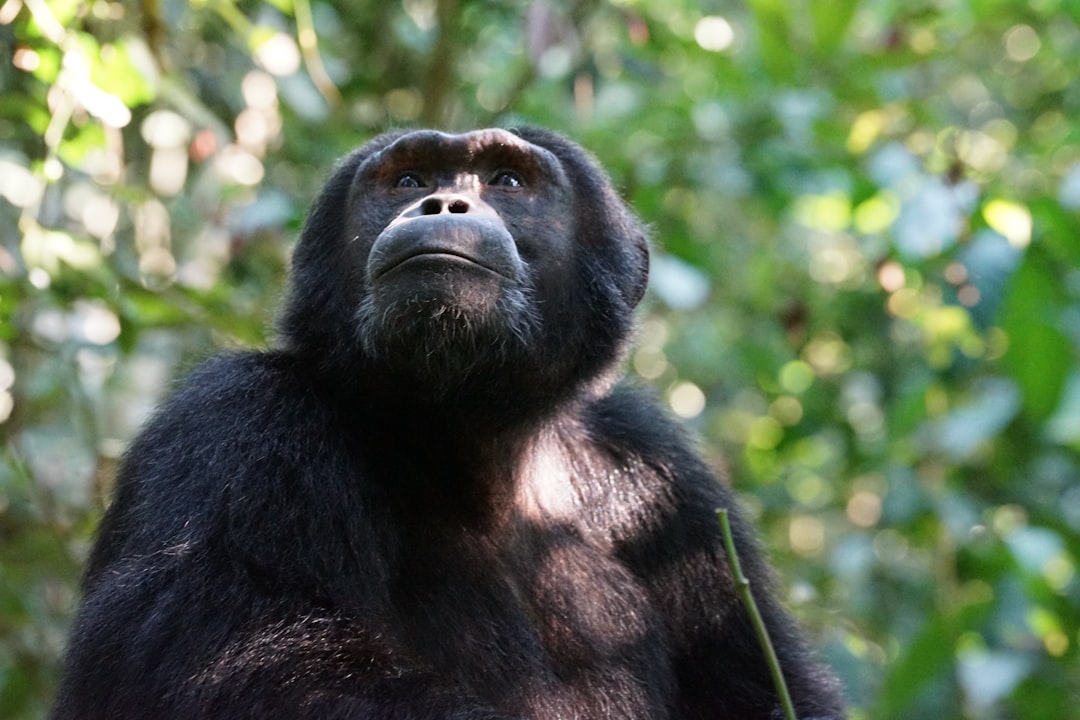What is it about?
Treating plants with synthetic jasmonic acid (JA) induces a defensive response similar to herbivore attack, and is a potential strategy for integrated pest management. Despite the importance of sugarcane, its JA-induced defences have not yet been studied. We investigated the effects of JA treatment on the direct and indirect resistance of sugarcane to the key-pest and specialist herbivore Diatraea saccharalis and the generalist Spodoptera frugiperda. Indirect defences were examined by testing the attraction of Cotesia flavipes, a sugarcane-borer parasitoid, to JA-induced volatile. The results showed that JA-treated sugarcane did not affect the weight gain of the two larvae. However, in dual-choice assays, both species preferred to feed on mock rather than JA-treated plants. Leaf colorimetric analyses showed that visual cues are unlikely to be involved in larval preference, whereas results from olfactometric assays revealed that D. saccharalis preferred JA-induced over mock plant volatiles. After 48 h of treatment, JA-treated plants emitted a volatile blend attractive to C. flavipes, comprised mainly of sesquiterpenes. However, the parasitoid did not discriminate JA-treated from host-damaged plant volatiles. When the wasps were given a choice between JA-treated and JA-treated + host-damaged plants, they preferred the latter, which emitted a more complex blend, suggesting that JA treatment likely does not hamper host-finding. We concluded that JA induces the emission of volatiles that are attractive to the sugarcane borer parasitoid, as well as an antixenosis type of resistance in sugarcane against the two pests, although neither volatiles nor visual cues alone are involved in the underlying mechanism.
Featured Image
Read the Original
This page is a summary of: Direct and indirect resistance of sugarcane to Diatraea saccharalis induced by jasmonic acid, Bulletin of Entomological Research, April 2017, Cambridge University Press,
DOI: 10.1017/s0007485317000372.
You can read the full text:
Contributors
The following have contributed to this page










